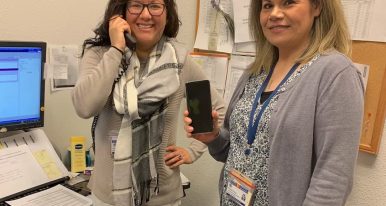Altura Centers for Health had a nagging problem. The Tulare, California, health center serves as the primary medical stop for about 30,000 residents in the Central Valley, but patient scheduling was an ongoing frustration.
Patient no-shows and call volume were at an all-time high. Clinics were bombarded by phone calls from patients seeking to cancel or reschedule appointments. Those callers, in turn, were often left on hold while clinic staff scrambled to triage them– something that took a toll on patient satisfaction surveys. “Our organization system needed a reliable messaging system.” said Chief Information Officer Manuel Pedroza, “and our existing robo-dialer wasn’t doing the job.”
Two hundred miles away, in Santa Cruz, California, Santa Cruz Community Health Centers was facing a similar issue. Their patients sometimes sat on hold for five or ten minutes at a time while staffers scrambled to field all the calls. Not only was it difficult generating reliable healthcare reminders from the center’s electronic health record (EHR), only 5 percent of the patients were using the health centers’ portal. In addition, the clinic staff learned that only a small percentage of patients in the coastal university town and nearby communities were getting their influenza vaccine. Surely, they thought, that percentage could be improved.
Independently of each other, both clinics decided to test out text messaging. This is the story of their innovative experiments.
A rural community clinic tackles long wait times
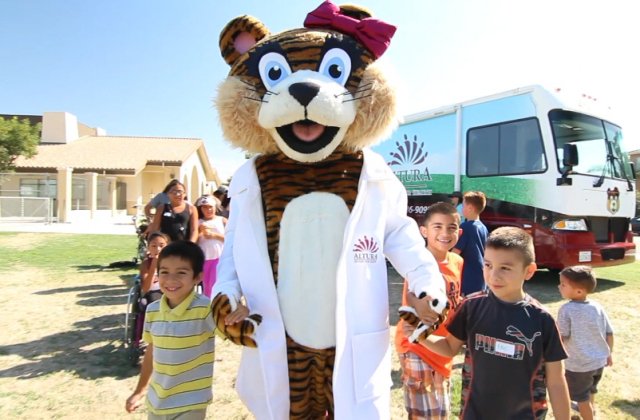 Altura Centers for Health is rich in care delivery innovation. It provides transportation to and from medical and dental appointments to all patients in its far-flung rural county. Its providers do home visits for preventive health. Its pediatricians provide family-centered care for kids from birth through adolescence. It also offers top-notch ob-gyn and specialty care, including geriatrics.
Altura Centers for Health is rich in care delivery innovation. It provides transportation to and from medical and dental appointments to all patients in its far-flung rural county. Its providers do home visits for preventive health. Its pediatricians provide family-centered care for kids from birth through adolescence. It also offers top-notch ob-gyn and specialty care, including geriatrics.
Close to the Sierra Nevada mountains on the east and a striking coastline on the west, Altura has seven branches in the city of Tulare – a Central Valley town in a farming county that is the number one milk producer in the nation. Altura executives were not certain that adding that text messaging would solve the problem with high-volume phone calls, but they felt it was important to find out.
WELLApp Texting Roll-Outs in Tulare and Santa Cruz: A Comparison
Altura: In rural Tulare county, strong metrics and patient satisfaction
Manuel Pedroza recalls how quickly and smoothly Altura was able to switch from phone calls to text messaging. “The onboarding process was extremely easy,” he said. “WELL was able to get the interfaces we needed up and rolling quickly with little intervention…Managing multiple patients through SMS messaging is much easier than fielding multiple voice conversations and documenting them within the health information system.” There were a few workflow hiccups that were not discussed with IT in time to prevent them, he added, but those issues were later corrected after an in-depth analysis and process creation.
Since the roll-out, Altura has realized a 10 percent decrease in call volume, and patient satisfaction has increased from a 2 to a 4 out of 5 on average. In recent months, no-show rate across the practice also dropped from 19 to 13 percent. Plus, patients were enthusiastic about the ability to text message the practice.
What was most surprising about the project, in fact, is how well patients received texting compared to calls, according to Pedroza. Altura did a patient satisfaction survey via text about the ability to send and receive texts from the clinic; in response to the question “Did you enjoy being able to text us? Please tell us why/why not,” patient comments were almost uniformly positive.
Some sample quotes:
“Yes. It’s a great communication addition.”
“Yes, it was quick and no waiting time to make an appointment.”
“Yes, because I am hard at hearing and it benefits me that I am able to text my providers.”
Altura was interested in driving other kinds of engagement as well, such as patient education and the referral life cycle. Some posed some challenges that were “a little tricky” regarding privacy, according to Pedroza. “We’re findings ways to maintain privacy by filtering out confidential communication,” he said. “We tried to work through all these issues before sending out any text messages.” For example, the clinic filtered out confidential communications from routine texts. If needed, he said, the clinic would send secure messages that required patients to open them with a ‘key,’ such as the last four digits of their social security number.
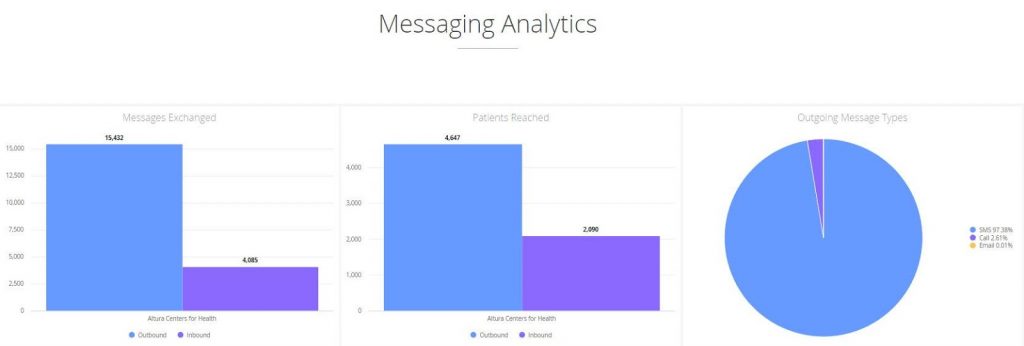
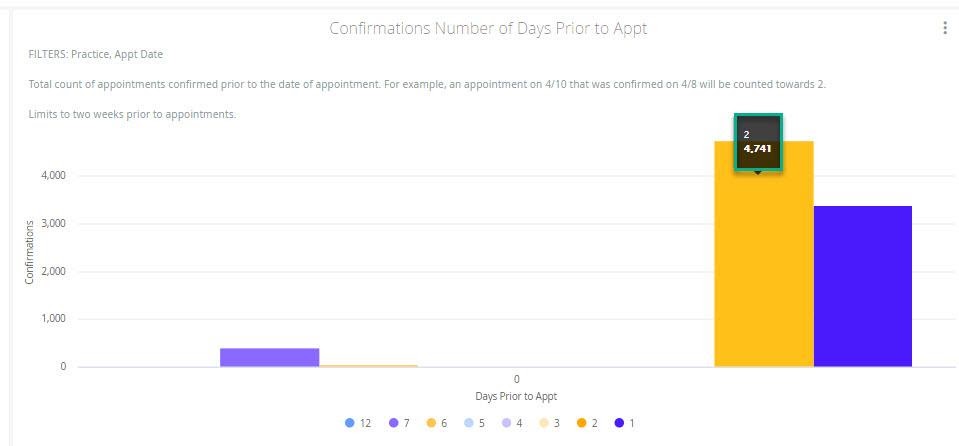
Call Center Lead Mayra Figueroa had high praise for the app. “We have patients asking for the ability to text us; it’s convenient; and it’s helped with the call volume, making it more manageable,” she commented.
David Ramirez, NCP-PM, a clinical support technician, agreed. “Our patients love it,” he said. “It’s overdue; we should have been on this a long time ago. Patients can do multiple things and send a text and then not have to be waiting around for a response.”
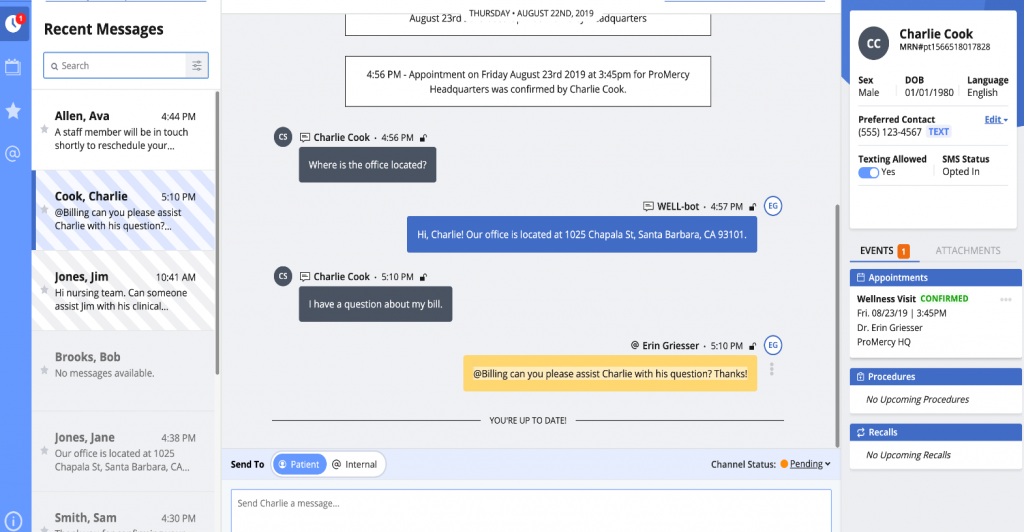
Choosing a Partner
Pedroza had high praise for WELL Health as a partner. According to Altura, the ingredients in this high-quality vendor relationship included:
A partner who is engaged in communication with the client. “We have a really good ongoing relationship with them,” he said. “You have a lot of vendors who install technology and then you never hear from them again. We have calls every few weeks to work out new processes and challenges.” The ingredients in this high-quality vendor relationship included:
A partner who shares and offers ideas for new ways to use the platform that aligned with the client’s goals and strategy. One of the things Pedroza is especially interested in is WELL Health’s ideas for capturing metrics and ROI. “We tend to send out surveys to all patients about 24 hours after we see them,” he said. “They rate their experience on a scale of 1 to 5, and if the patients give a rating of three or more, the app drives them to our public site – the Google site listing – for review. That has driven up our Google rating from a 2 to a 4, so it’s been really helpful.”
A partner who is collaborative and wells well with other vendors. “We’re also working with WELLApp and another vendor on issues having to do with insurance and ways patients can use secure means and authentication to work out insurance and referral communication issues ,” Pedroza added.
Key takeaways
Here’s what Altura found most important about text messaging in a medical setting and working with a new technology vendor:
Lesson 1: Don’t reinvent the wheel. Build “canned” (automatic) messages for common questions and scenarios, which helps drive efficiency and increases satisfaction from the user perspective.
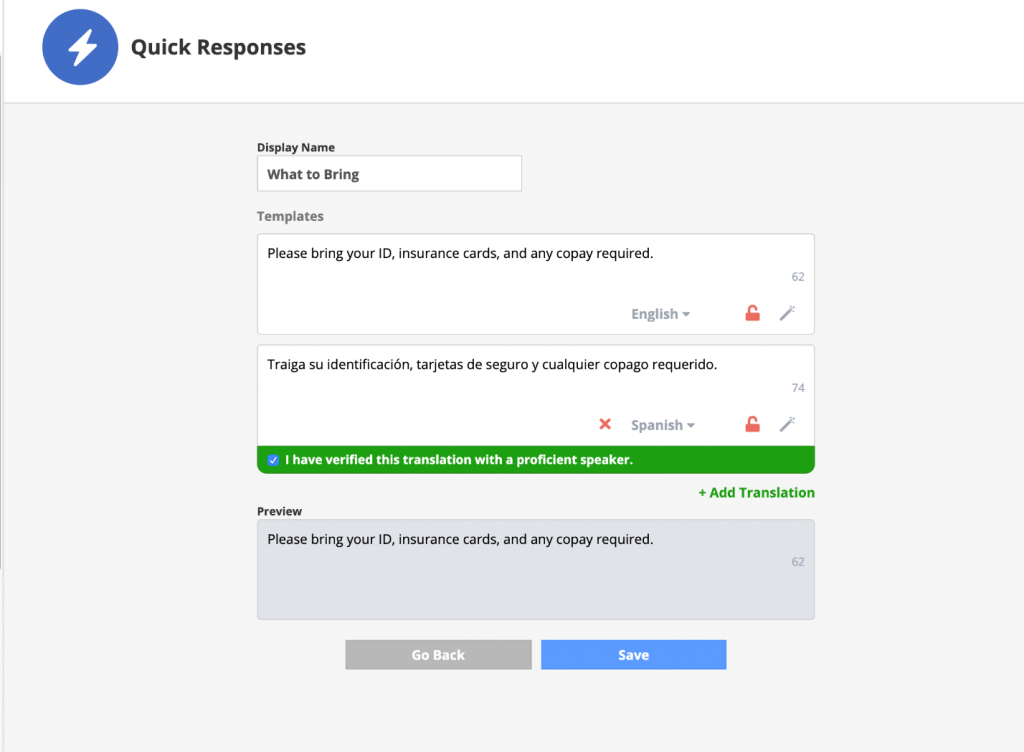
Lesson 2: Create emergency broadcast messages for your business regarding critical scenarios (such as equipment down, provider unavailable, or schedule changes). ALTURA created a notification for one of its most rural locations when it experienced a power outage; within 5 minutes the organization was able to communicate and begin rescheduling all patients who were to be seen at the affected location.
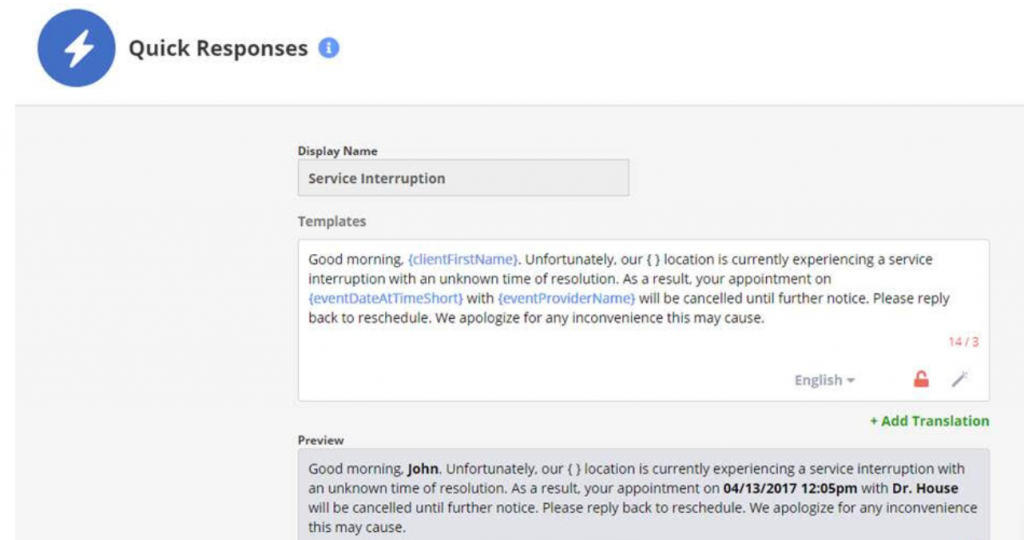
Lesson 3: Find a great vendor partner. The features of the technology is important, but your team’s relationship with their Customer Success teams are equally critical to the success of your implementation.
ALTURA’s next steps
- Broaden the use case of the WELL application within its health centers (such as using text messaging for medication refills automation, nursing workflows, patient education, referral management updates).
- Increase access to analytics / data for purposes of driving improvement
- Use pre-built texts to help patients understand when the health centers are open (or closed)
- Expand marketing efforts to drive patients to Altura SMS (texting)
- Build payer roster onboarding and contact via WELL Health
Santa Cruz: Success, but more difficulty teasing out the app’s role in analytics

Meanwhile, at the Santa Cruz Community Health Centers, the move to text messaging was also a success. The health centers’ goals were simple:
- To use text reminders to prompt patients to call and make an appointment.
- To increase patients’ overall vaccination rate
- To increase the percentage of patients making appointments for other services.
Of these goals, the aim of increasing vaccination rates was perhaps the most pressing.
“We are an FQHC that serves a community that, on the whole, has a lower vaccine acceptance rates than national average,” explains Registered Nurse Manager Audrey Huang. “We needed a way to be able to outreach to a high number of patients to come in and discuss the importance of immunizations — more specifically, responding to measles outbreaks, patients at high risk for flu complications, and back to school immunization requirements.”
WELLApp went live on the site in August 2018, and the team met in the fall of 2019 to establish standards for creating outreach campaigns, which were finalized in November 2018. The nurse manager defined the target population and sent clinical requirements such as ICD-9 codes.
In December 2018, Naranjo crafted text messages encouraging flu vaccination for two different groups, one for patients with Influenza 2-5 risk factors and another for patients with Influenza 1 risk factor, which he sent to the nurse manager and QI manager for approval. The data team then pulled the required text files of data to upload into the app, and Naranjo created a campaign profile in WELLApp and specified which messages to send out in batches. (This process was repeated successfully in later campaigns.)
“Overall the team found this to be an easy process, with the hardest challenge in creating a clever text slogan in 160 characters or less,” Naranjo said. “You have to know your population to really curate the message.” Here are some examples:
Influenza vaccination reminder text message:

Measles campaign text message:

Patients were receptive to text reminders about vaccines, Naranjo recalled, though the roll-out was not without a few skeptics. “We’d sometimes see “Who is this??” in response to our text messages, and it made sense with all the spam going around these days,” he said. “We’d explain it was a personal message from the health center, and we would often call the patient to reassure them. It was a good opportunity to talk about the text messaging campaign.” In the end, only a handful of patients out of a 1,209 sample opted out of receiving text campaign messages.
Texting’s efficiency and time-saving benefits
The team set the following benchmarks to determine whether to continue text messaging after the initial campaign:
- Prompting patients to call and make an appointment
- Increasing the overall vaccination rate
- Boosting appointments for other services
The influenza campaign appeared to meet the objectives: Out of 194 patients who had risk factors for influenza 2-5 and 1040 who had risk factors for influenza 1, 234 patients booked appointments after the campaign was rolled out – and all of them received vaccinations.
Like the health care center employees in Tulare County found, Santa Cruz health clinic staff were gratified by the text messaging project. “It was an easy way to remind patients to get the service, whether it was a vaccine or an exam,” said Naranjo. “It also saved money since we didn’t have to spend time using staff to do outreach by phone or to send mail.”
“Piloting our first campaign brought us learning opportunities when engaging with our patients through a different platform,” said Naranjo. ”Since this was something new to our patients, we had to make sure our campaign wording was direct and informative. Thankfully, targeting our population was easy to identify due to reports that we had previously created. After our first campaign, it [was] easier for us to think of different ways to use this feature to do outreach.”
The influenza shot campaign was followed by measles immunization campaign in April 2019 (measles outbreaks have been a particular problem in California) and a diabetes mellitus (DM) eye exam in June 2019. Team members agreed that the solution saved a lot of time for staff members, especially those in the call center.
“As the clinics are very busy,” Huang said, “there was not always time for care teams to make outreach calls. We relied on WELLApp to send tailored messages to reach a wider breadth of patients.”
Manager Kim Nguyen agreed that the texting platform eased stress on the staff.
“Utilizing a texting platform to outreach to patients is a great way to automate this process and reduce the amount of manual outreach by our care teams,” said Nguyen, SCCHC’s quality improvement practice transformation manager. The patient lists, she explained, are pulled from existing reports about patients due for preventive and chronic care services.
“Instead of a care team member needing to contact each patient on the list, we are able to set up a campaign to contact them,” Nguyen said.” Through these campaigns, all patients receive the same message in English or Spanish. This saves our care team’s time while maintaining the same quality of care we were previously providing in terms of routine outreach.
One of the biggest challenges the team experienced was ensuring that patient confidentiality wasn’t accidentally breached. Naranjo gave the example of a minor who was seeking a behavioral health consult and didn’t want her parents to know. “We talked about standards for this before enabling the tool so we could avoid those types of problems,” he said.
“Instead of a care team member needing to contact each patient on the list, we are able to set up a campaign to contact them,” Nguyen said.” Through these campaigns, all patients receive the same message in English or Spanish. This saves our care team’s time while maintaining the same quality of care we were previously providing in terms of routine outreach.”
Difficulty capturing ROI and campaign metrics
The team was excited about the text messaging campaigns and its WELL Health partnership, but SCCHC had more trouble than ALTURA capturing return-on-investment (ROI) and campaign metrics linked to the WELLApp.
“WELL Health has been doing a great job, and they are very receptive to any request we have,” Naranjo said, adding that the WELL app was excellent. The only thing SCCHC has not figured out how to track, he said, is whether the text messages are responsible for patients reaching out for services.
This is partly because SCCHC asked patients to call them for appointments since staff were concerned about being overwhelmed with text messages. But in addition, he said, “WELLApp functionality limited our ability to accurately assess our results: There was no tracking method in place to let us know whether the text messaging reached the patient or encouraged the patient to get vaccinated.”
The Santa Cruz Community Health Centers are working with WELLApp to try to figure out how to get better campaign metrics. Unlike ALTURA — which sends out a survey via WELLApp within 24 hours of an office visit and auto-forwards its highest reviewers to ALTURA’s Google listings site—SCCHC leaders are concerned that deluging patients with text messages “may feel like spam” and alienate them. “If we send too many text messages, we might encourage some patients to opt out of text messaging,” said Naranjo. “And that is the last thing we want to do.”
Lessons learned
- Educate patients about receiving texts so they are not surprised, especially if you have to use a different phone number than they regularly see for your clinic. “Campaigns use short codes, not our text phone number,” Narajo explains.
- Have ongoing trainings of staff to promote the text platform and verify cell numbers, explaining the purpose.
- Get everyone familiar with using a text platform that is on a computer versus their phone. (For some people, too many phone texts can cause overwhelming anxiety.
Santa cruz’s Next Steps
- Implement additional campaigns such as normal lab results that prompt patient to log into their portal account
- Work with WELLApp to improve their analytics about campaigns to gain better insight of their success
- Re-word our text messages so patients contact us via text to make an appointment
- Add something to our visit summaries that highlights the text messaging system and its purpose.
- Incorporate text campaign data into a dashboard for the project.


